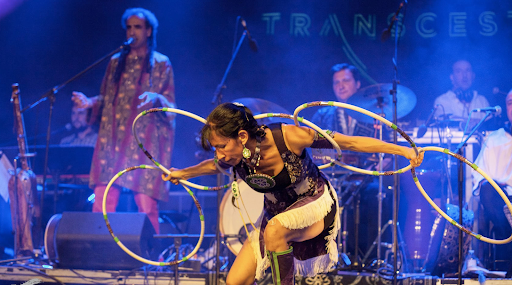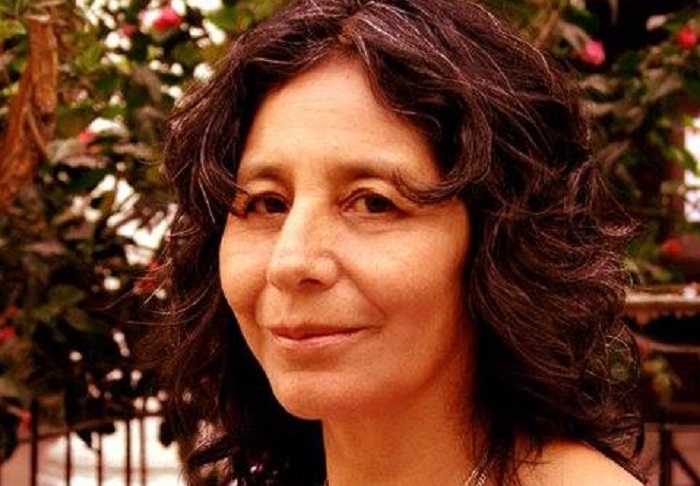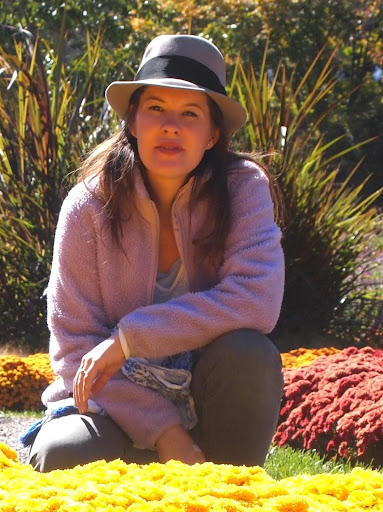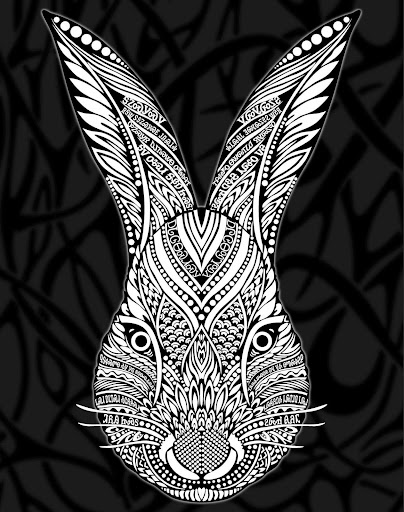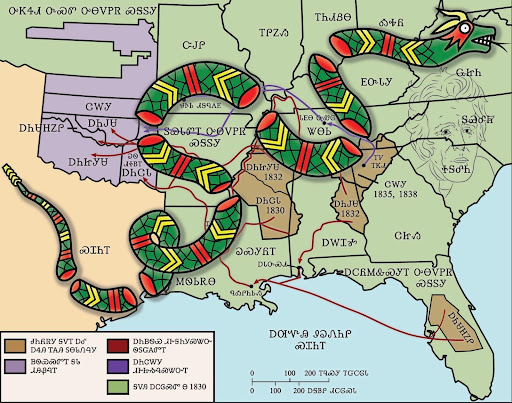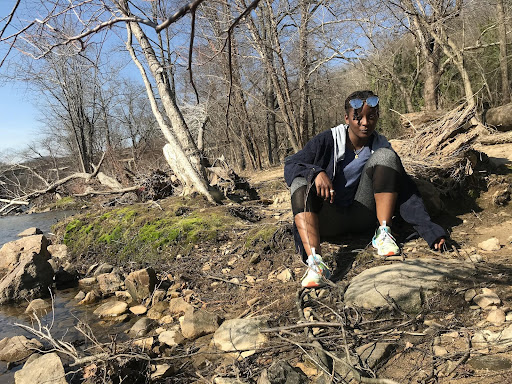“La danza es mi vocabulario”, Barbara Kaneratonni Diabo ©
Juan G. Sánchez Martínez
Translated from Spanish © Jocelyn Montalban
If you prefer to read this post as a PDF, click HERE
Barbara Kaneratonni Diabo is part of the Kanienkeha:ka nation (Mohawk), and the Kahnawake community, located close to what is today known as Montreal, across the Kaniatarowanenneh river (the big waterway), commonly known by its colonial name “St. Lawrence River.” Barbara is a choreographer, dancer, and director of the A’nó:wara Dance Theatre, where she creates experimental pieces that fuse Indigenous perspectives on Canadian history with powwow and Haudenosaunee dances, contemporary dance, and diverse dance styles such as hip-hop, and ballet. Barbara studied theatre at Concordia University and at the Native Theatre School. In 2015, she was one of eight dancers invited to participate in the first hoop dance competition, as a part of the Gathering of Nations in New Mexico, the largest powwow in all of Turtle Island (North America.) Barbara also collaborates with various organizations, including La Danse sur les routes du Québec and Indigenous Performing Arts Alliance, with whom she facilitates intercultural educational spaces and supports Indigenous artists across all of Canada.
I met Barbara in the Longhouse of Kahnawake in the summer of 2023, while participating in an intercultural gathering with Kanienkeha:ka artists and educators. As part of the guest speakers, Barbara shared one of her hoop dances as well as a short-movie: Smudge, Dancing the Land. In the fall, we met again–this time virtually–to talk a little bit about her perspective on dance, so we could share her experiences with the Siwar Mayu project:
“…dance can touch people on many levels, not just on an intellectual level, you know, as reading an article. It also can touch people on emotional levels. And maybe you can even say spiritual levels (…) Dance is my vocabulary, the vocabulary where I am very comfortable, so the more words, the more moves that I know, and the better I can express things. These different vocabularies can be read by more people as well, you know. So that’s why I like to mix a lot of styles…”
Barbara Kaneratonni Diabo
As we can experience in her 2017 McGill University performance (see above), coordination and technique converge with color and beat in the hoop dance, all together in the midst of a circular movement of both body and story. Before her performance in Kahnawake, Barbara warned us that everybody in the audience would likely weave a different story throughout the dance, or at least would identify different beings or scenes from the natural world. Indeed, hoop dance is highly narrative, and allows simultaneous times and spaces: a butterfly, a canoe, a harvest, a mother carrying her daughter. In this thought-provoking space, there is a connection with the ancestors and with the land, but–as Barbara clarified to me–in the moment of a performance before a cross-cultural audience, her intention distances from the ceremony, although it is inevitable that some aspects of the ceremony slip through her performance.
“I have encountered people who would like to keep powwow dance separate from other kinds of dance, and I respect that. To me, there is a value in keeping a more pure form. I also think it’s important to evolve because I think all these dances came from their environment at the time. And, you know, where did that time start? Where did that time end? Is it just a glimpse of a 100 years or a glimpse of 500 years? Who knows, right? We don’t know. So to me, we’re just continuing what we’ve always done, which is creating our dances from our environment in our experience as Indigenous people.”
Barbara Kaneratonni Diabo
Through the transformation of Indigenous cultural expressions, new generations may find an art form which they can identify with, and then receive “tradition” from this dynamic environment. Furthermore, Barbara’s dance is a powerful tool to break stereotypes that classify “Indigenous art” as “folklore,” since these dances are, at the same time, ancestral and contemporary. This aspect is clear in the short-movie Smudge.
Music: “New Women Song” by Cris Derksen featuring Jennifer Kreisberg.
Dancer and additional choreography: Marshall Kahente Diabo.
Director of photography and promo photo: François Léger Savard. Editor and colorist: Eric Morel.
In the middle of the global pandemic, during the time of social distancing, Barbara had an idea for Smudge, a piece in-between film, dance, and intergenerational healing. While walking in the forest behind her house, she felt the need to dance with the land and to reconnect with the trees and insects through movement and her body. One location of Smudge is that forest. The other location is the McCord Stewart Museum and its “Wearing Our Identity” exhibition, on which Marshall Kahente Diabo, Barbara’s son, tries to reconnect with the pieces and regalia exhibited, out of reach on the other side of the glass showcases.
“… one of the themes around this film is that when our culture isn’t accessible to us, when the land is no longer accessible to us, what do our beliefs, practices, and ceremonies mean? If you can’t access that, you know, you can go through emotions. But what does that mean? And so to have our clothing, our culture behind glass cases, inside, not outside, I found that was the perfect location.”
Barbara Kaneratonni Diabo
The contrast between the museum and the forest, the son and his mother, the inside and the outside, oblivion and memory, is powerful. Despite this apparent contradiction, both dancers communicate with each other through dance, and build an intergenerational vision: perhaps the certainty that we are all one with nature, and that everything is in a state of movement, the sap of a tree, traditional practices, atoms–as Barbara reminded me. At the end of our short interview, I asked Barbara if she had any advice for the young artists who may one day read this text. In response she said:
“…we’re all born with gifts, and we’re on a journey to discover what our gifts are. So just be your authentic self, and there is a place, an important place for you.”
Barbara Kaneratonni Diabo
¡Fie Nzhinga, Barbara! Thank you.
For more about Barbara Kaneratonni Diabo
- Barbara Kaneratonni Diabo at the RepreZent Festival in 2022.
For more about Juan G. Sánchez Martínez
Juan Guillermo Sánchez Martínez was born in Bakatá/Bogotá, in the Colombian Andes. He coordinates the online multilingual anthology and exhibition Siwar Mayu, A River of Hummingbirds. He has published the following books of poetry: Uranio (2023), Bejuco (2021), Salvia (2014), Río (2010), and Altamar, awarded with the National Prize in Colombia in 2016 (University of Antioquia). He is the author of Memoria e invención en la poesía de Humberto Ak’abal (Abya-Yala, 2012). In 2019, he co-edited the volume Muyurina y el presente profundo with Quechua writer Fredy Roncalla (Pakarina/Hawansuyo), and he is currently co-editing Abiayalan Pluriverses. Bridging Indigenous Studies and Hispanic Studies with Gloria E. Chacón and Lauren Beck (Amherst College, 2024). He is an Associate Professor in the Department of Indigenous Learning at Lakehead University (Thunder Bay, Canada).
The translator
Jocelyn Montalban was born in Ontario, Canada, where she currently lives. Her parents immigrated to Canada from Guatemala City in 1997. In 2023, she obtained a Bachelor’s Degree in Criminology from Lakehead University (Ontario, Canada). She is currently studying to obtain a Master’s degree in Social Justice. Her research focuses on Indigenous issues in Canada. In her free time you can find her traveling or hiking in the mountains.
“La danza es mi vocabulario”, Barbara Kaneratonni Diabo © Juan G. Sánchez Martínez
Translated by Jocelyn Montalban ~ Siwar Mayu, January 2024

